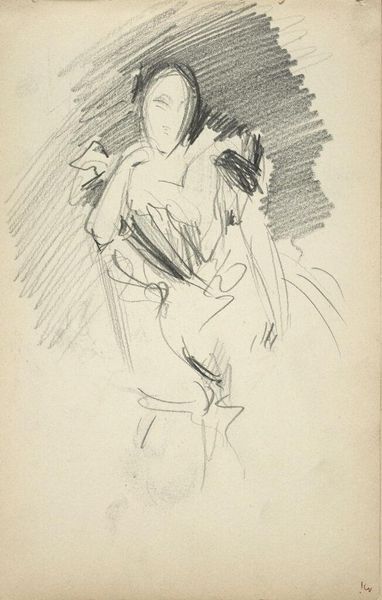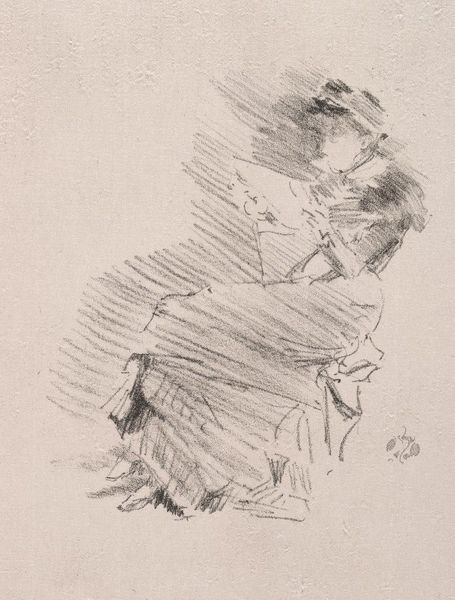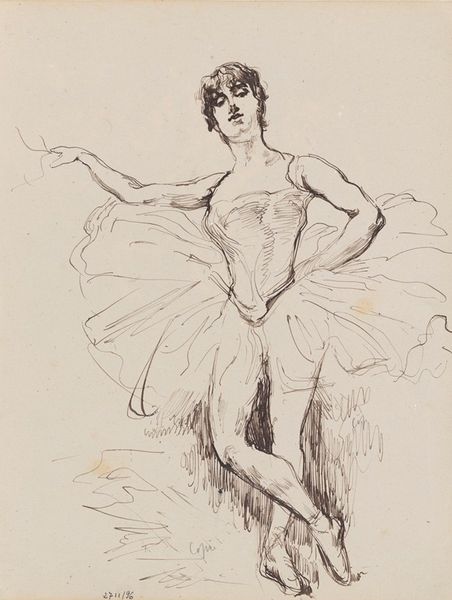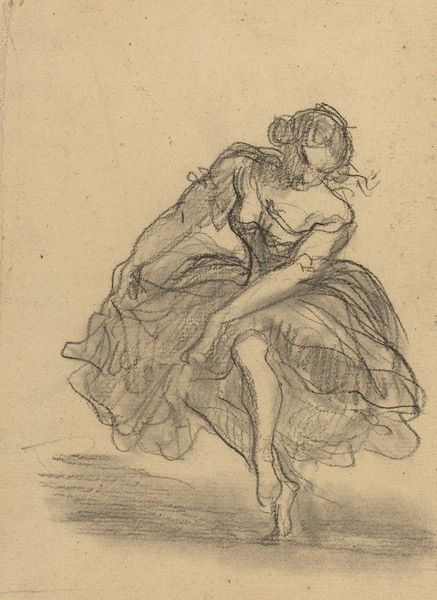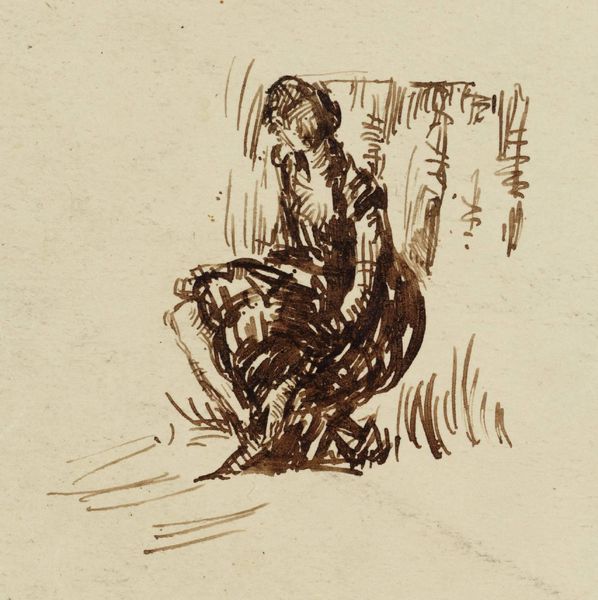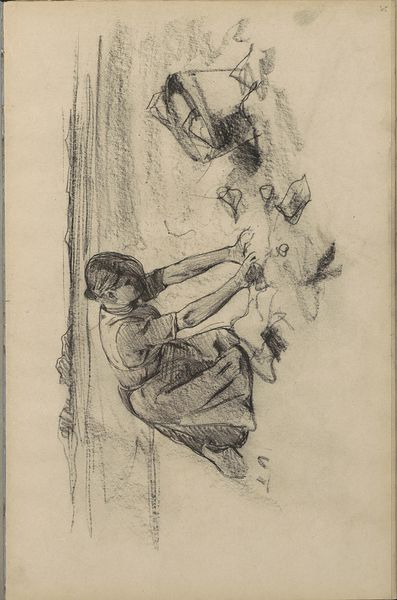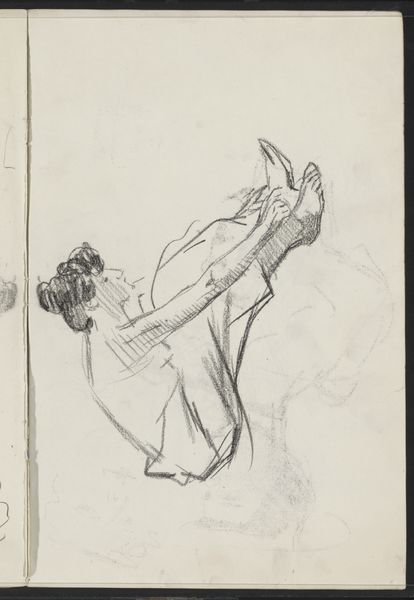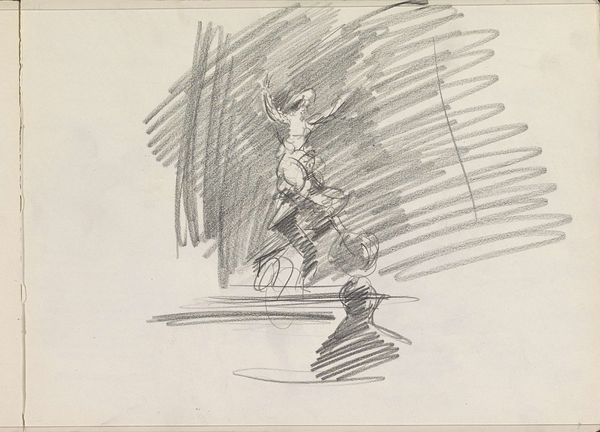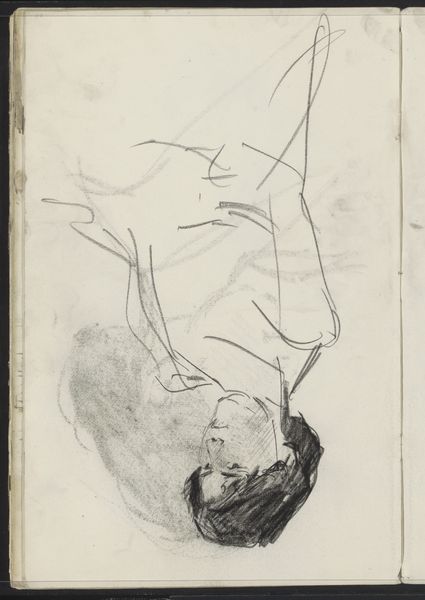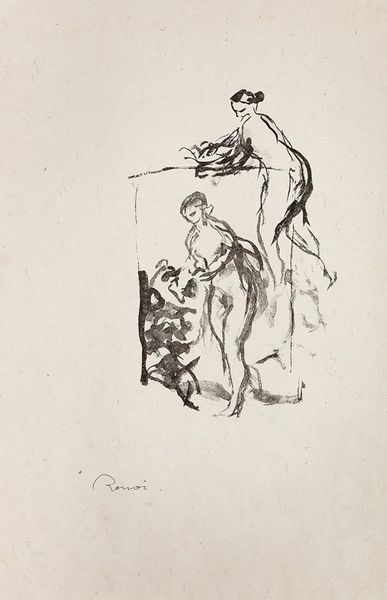
drawing, ink
#
drawing
#
impressionism
#
figuration
#
ink
#
pen-ink sketch
#
nude
#
erotic-art
Copyright: Public Domain: Artvee
James Abbott McNeill Whistler created "The Dancer, No. 1" as an etching. In late 19th century Europe, etching became a popular medium for artists looking to capture the fleeting moments of modern life and to express themselves through abstraction. Whistler was an American expatriate, and his art was deeply influenced by both European and Asian aesthetics. In this work, the influence of Japanese art is evident in the asymmetrical composition and the emphasis on line and form over realistic representation. At the time there was a growing fascination with Japanese culture and design among Western artists. This interest influenced his approach to art, which prioritized aesthetic harmony and subjective interpretation over traditional academic standards. Whistler challenged the art establishment through his style and by being a vocal advocate for the artist's freedom of expression. To fully understand Whistler's artistic contributions and his place in the art world, historians consult a variety of resources, including his letters, exhibition reviews, and the writings of his contemporaries.
Comments
No comments
Be the first to comment and join the conversation on the ultimate creative platform.
